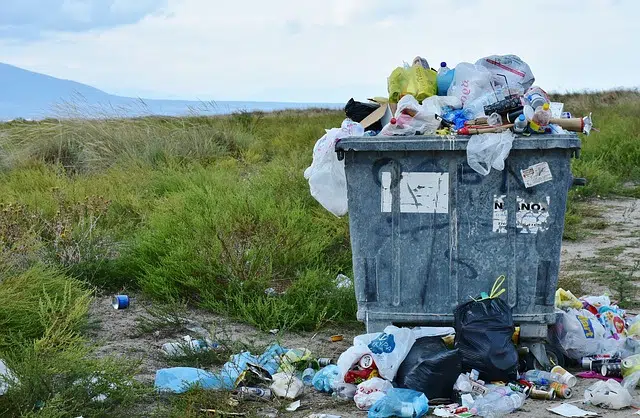
Plastic bottles and bags, used paper and cans are solid waste.
A waste is a material that is discarded after it has performed a job or fulfilled its mission. It is, therefore, something useless that becomes garbage and that, for ordinary people, has no economic value. Waste can be disposed of (when landfilled or buried) or recycled (obtaining a new use).
Solid , on the other hand, is the adjective that refers to what is solid or firm . A solid body maintains its volume and shape constant due to the great cohesion of its molecules. In this way, it differs from other states of aggregation of matter , such as liquid or gas.
What is solid waste
Solid waste , therefore, is waste that is in the aforementioned state. The notion of urban solid waste is used to name those that are generated in urban centers and their areas of influence. Private homes (houses, apartments, etc.), offices and stores are some of the producers of municipal solid waste.
Used paper, a cardboard container or a plastic bottle are examples of solid waste. The oil from a vehicle or the smoke emitted by an industrial chimney, on the other hand, are not part of this type of waste.

The separation of solid waste is important to promote correct final disposal and recycling.
Classification according to type
Within solid waste we would have to establish that there are two large groups: hazardous and non-hazardous. The first are those that, as their name indicates, can pose a certain danger to citizens or the environment due to their corrosive, toxic or explosive properties.
The second, the non-dangerous ones, do not pose any type of risk to humans or nature in a conclusive way. It must be emphasized that they can be subdivided into four main types:
• Ordinary. They are those that occur as a result of normal daily routine activity in homes, hospitals, offices, schools...
• Biodegradable. In soaps or toilet paper, there are natural or chemical residues that make up this category. They are identified, among other things, because they decompose very easily in the environment.
• Inert. In certain types of cardboard and paper, the remains that give shape to this type of solid waste are found. Among their main hallmarks is that they do not decompose easily, in fact, they take a long time to do so.
• Recyclable. As their name indicates, they are those that can be used again after undergoing certain processes. This would be the case of fabrics, glass, certain plastics and papers...
How solid waste should be managed
The management of urban solid waste involves various steps, with a stage prior to collection (which includes separation and storage at source), the collection itself, transportation by collection trucks and finally elimination or transformation.
Specifically, technically speaking, the stages that shape solid waste management are the following:
• Separation and selection.
• Collection and transportation.
• Classification.
• Use and revaluation, if possible.
• Treatment.
• Final disposition.
